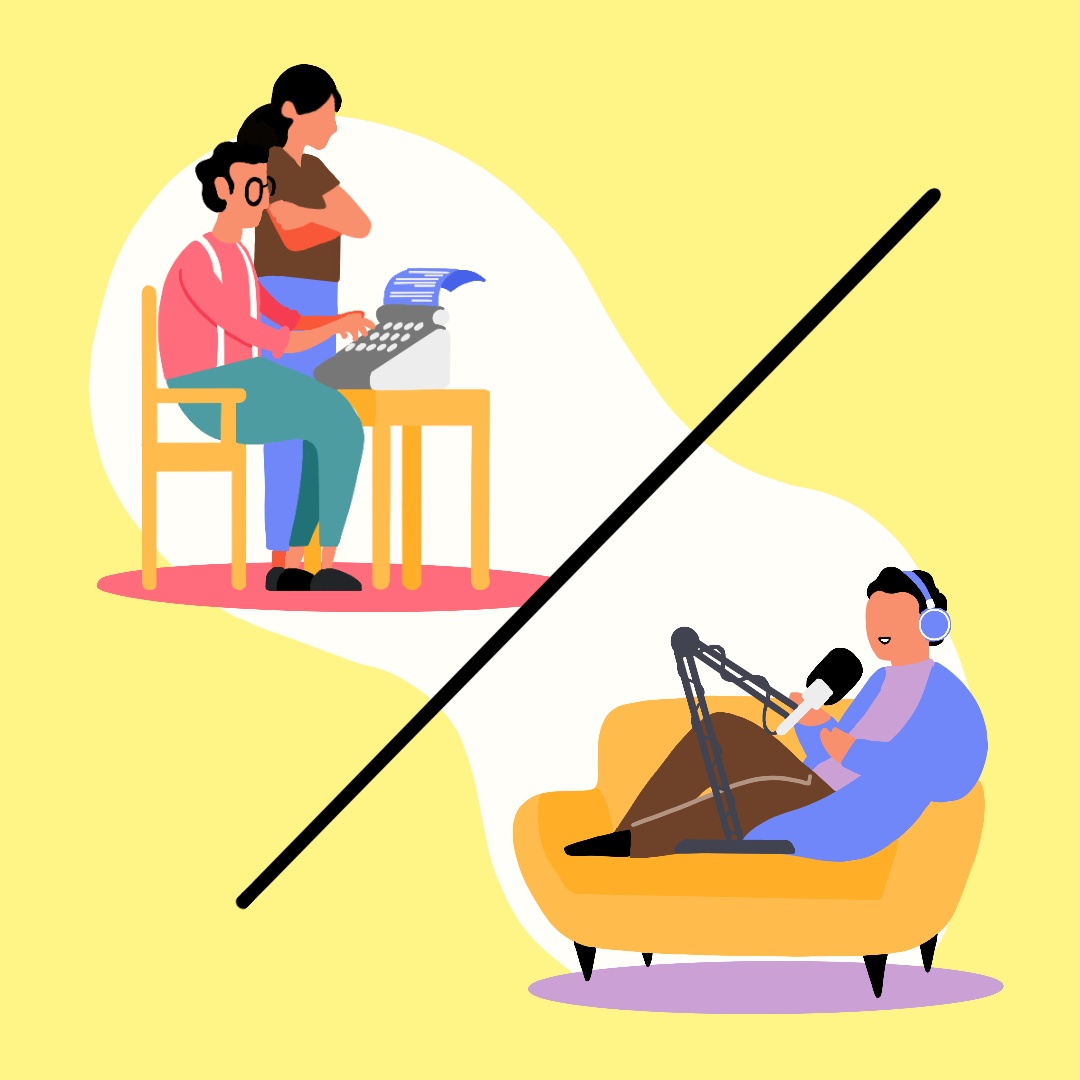As the current local, state and federal credit and financial crush is taking no prisoners in each quarter of the U.S. economy, many are now wondering if its toll on students trying to obtain financial aid will leave some looking like Charlie Rose after a walk through a pot-hole filled street in Manhattan.
I believe questions are certainly warranted, because leading members of the student financial aid community are worried whether they will be able to meet their already calculated goals for the 2008-2009 academic year.
One person who does not seem particularly bothered, however, is Federal Education Secretary Margaret Spellings. According to a recent New York Times article, Spellings said, “Federal Student Aid will continue to be available, although a small number of lenders have stopped making loans in the federally guaranteed program.”
But school administrations and national financial aid officials are definitely concerned. Vice Chancellor Jane Nichols of the University of Nevada, in recent testimony to its board of regents, admitted that student aid given out at the school last year was lower than it was the previous year.
Besides university administrators, other concerned groups include The National Association of Student Aid Financial Administrators who is urging the Department of Education to put in place three critical safety nets to ensure all federal loans remain in place and accessible to all eligible students.
As three more large student loan providers pull out of the government subsidized student loan program, 31 members of the U.S. Congress have called for intervention by the Federal Reserve to help with a financial crisis which could already effect up to 6.7 million students who may no longer be able to get loans under the Family Federal Loan Programs, which have already been shelved by some states including Pennsylvania, affecting at least 500,000 students.
According to a recent Washington Post article, many college students across the country began to see increases already this spring, while banks turned several others away all together as the credit crisis was spreading throughout various sectors of the U.S. economy.
According to financial aid administrators, an even greater burden may fall on those taking private loans, because they have become a more common and relied-upon tool to cover the ever-rising costs of college.
But one thing that all parties seem to be able to agree on is that the cost of student loans, whether public or private, will soon be going up.
Paul Hamilton welcomes comments at phamilton@mndaily.com.







